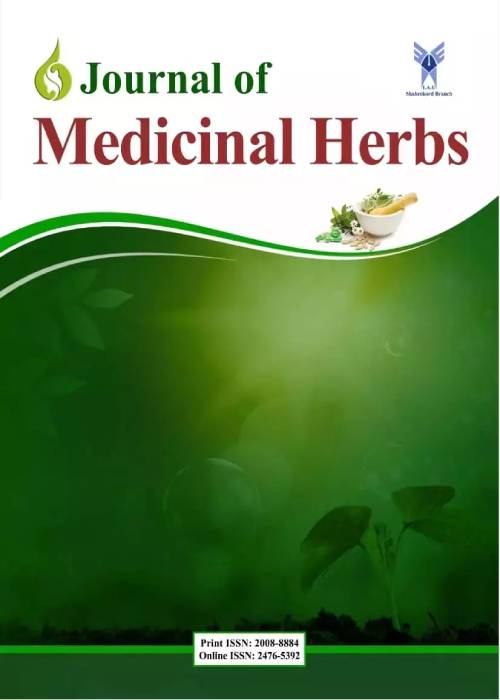Mechanism of antinociceptive activity of the methanol leaf extract of Senna italica (Mill) in murine model of pain
Senna italica leaf (SIL) is extensively used in traditional medicine for the management of various types of pain including stomach cramps, back ache, joint pains, headache, and migraine. The current study was designed to scientifically investigate the purported uses of the leaves as an analgesic agent and to elucidate its possible mechanism of antinociceptive action.
Experimental:
Phytochemical screening and oral acute toxicity studies were conducted using standard protocols. Antinociceptive potentials were evaluated using acetic acid-induced writhing and hot plate tests in mice. The possible pharmacological mechanism(s) involved in the anti-nociceptive activity were investigated by pretreating mice with Naloxone (2 mg/kg), L-arginine (50 mg/kg), Propranolol (20 mg/kg), Glibenclamide (10 mg/kg), and Prazosin (1 mg/kg)15 min prior to SIL (1000 mg/kg) administration, then assessed using acetic acid-induced writhing 1 h later. Data was analyzed using One-way Anova followed by Bonferroni post hoc test.
Phytochemical screening revealed the presence of alkaloids, flavonoids, saponins, steroids and triterpenes. Oral median lethal dose of SIL was found to be greater than 5000 mg/kg. SIL at the doses of 250, 500 and 1000 mg/kg demonstrated significant (P<0.05) dose-dependent protection against acetic acid-induced writhes in mice. The extract at the highest dose (1000 mg/kg) also significantly (P<0.05) increased the reaction time of mice to thermal stimulus in the hot plate test. Pretreatment with naloxone, prazosin, L-arginine, and propranolol significantly (P<0.05) reduced the antinociceptive activity of the extract. However, pretreatment with glibenclamide showed no effect on its antinociceptive activity.
Recommended applications/industries:
The findings of this research has validated the traditional use of the plant in the management of pain through possible involvement of opioidergic, α-adrenergic, β-adrenergic systems including the L-arginine/nitric oxide pathway.
- حق عضویت دریافتی صرف حمایت از نشریات عضو و نگهداری، تکمیل و توسعه مگیران میشود.
- پرداخت حق اشتراک و دانلود مقالات اجازه بازنشر آن در سایر رسانههای چاپی و دیجیتال را به کاربر نمیدهد.


